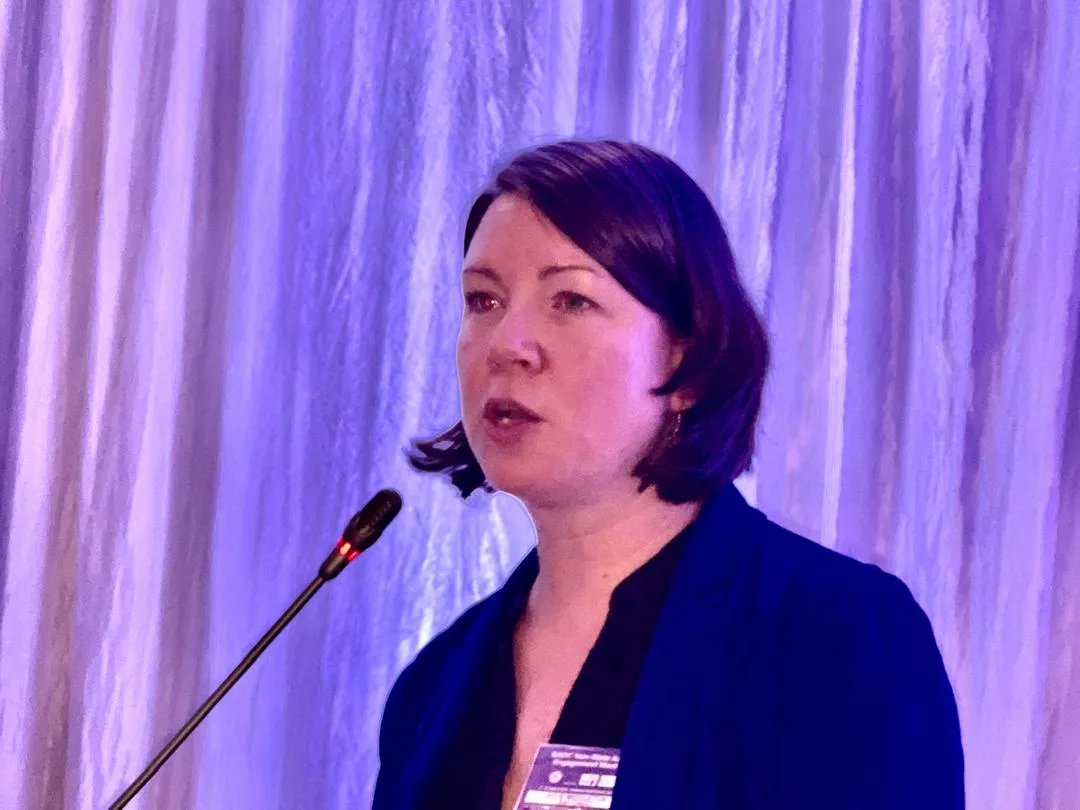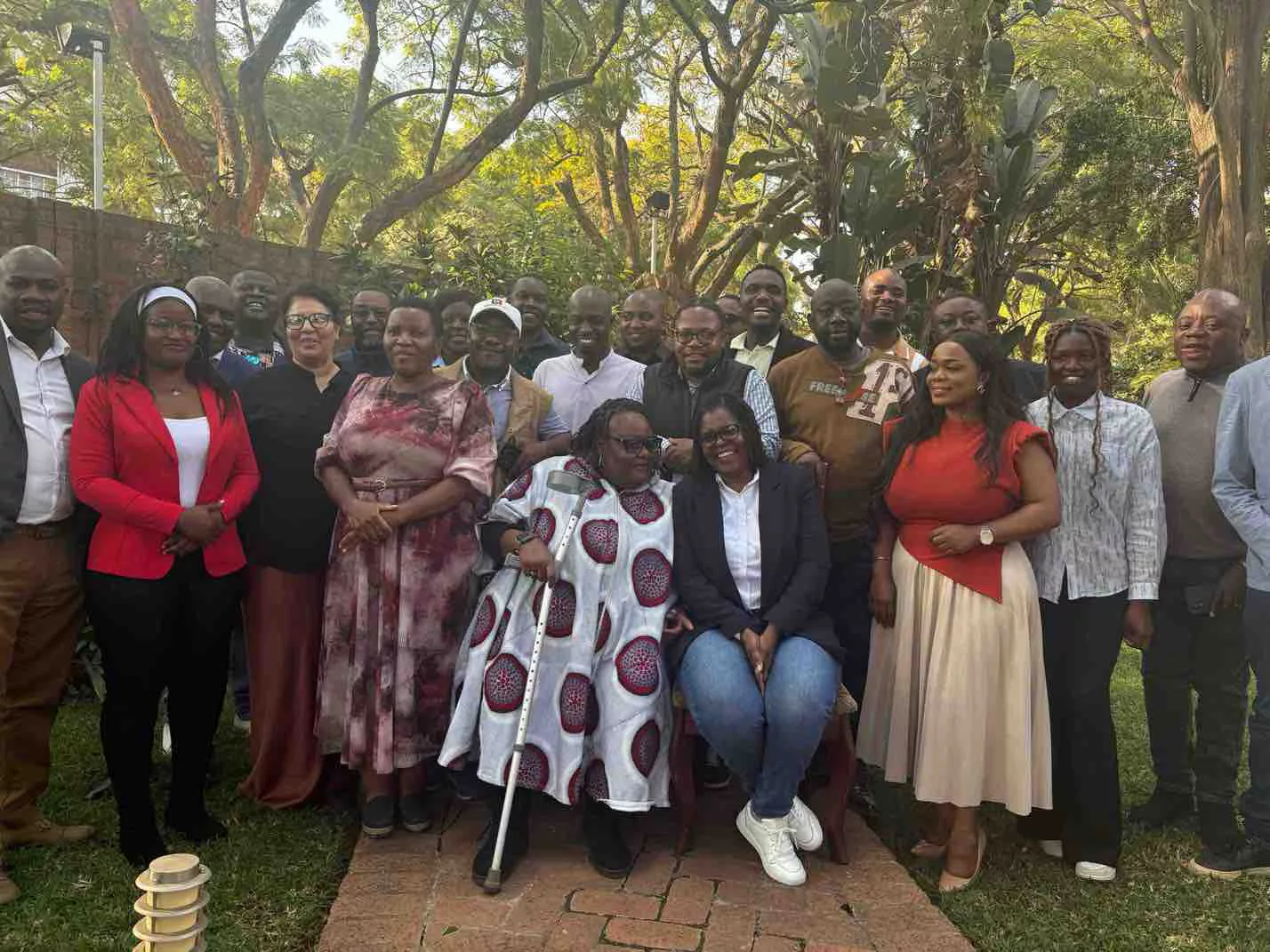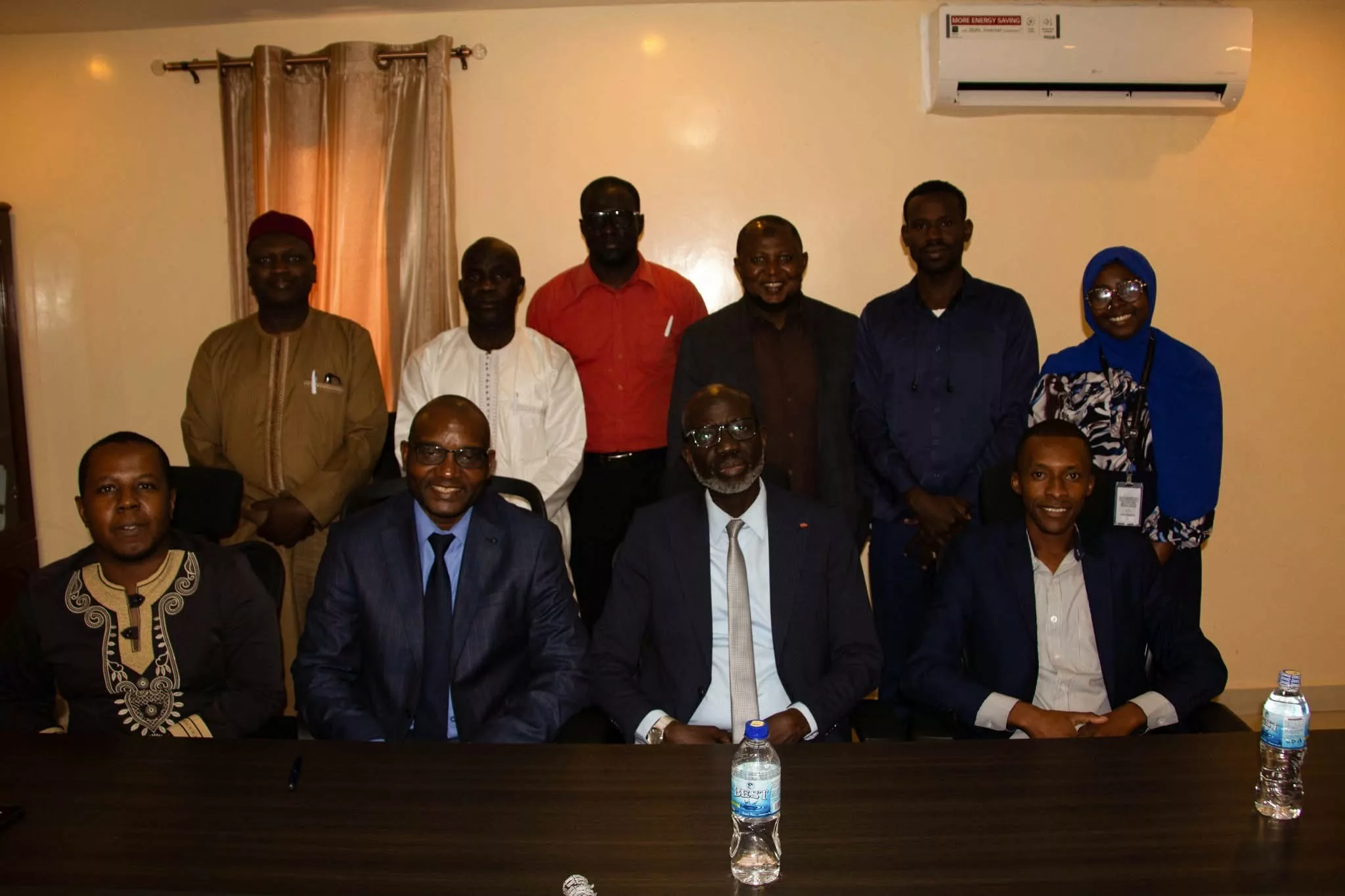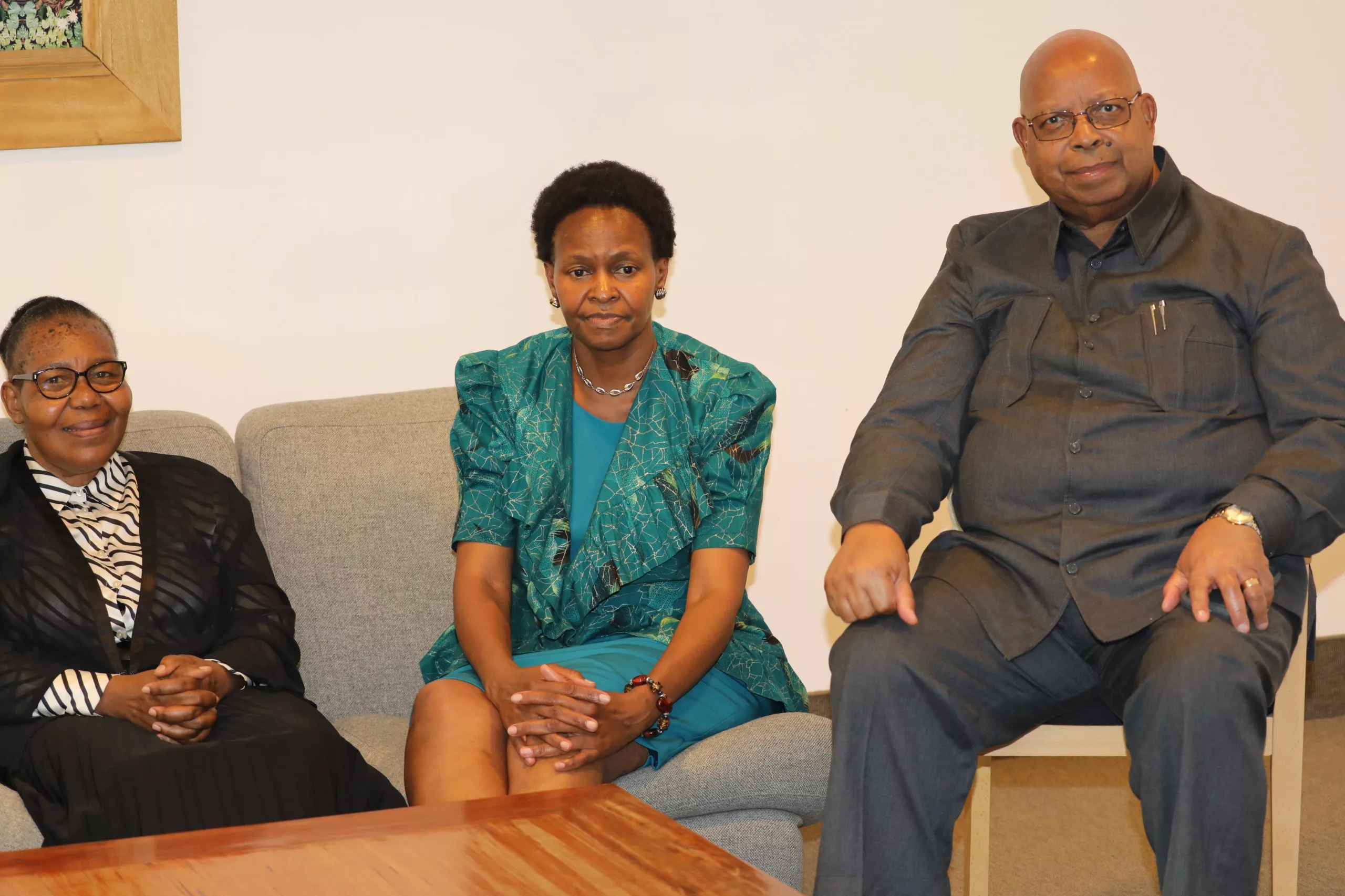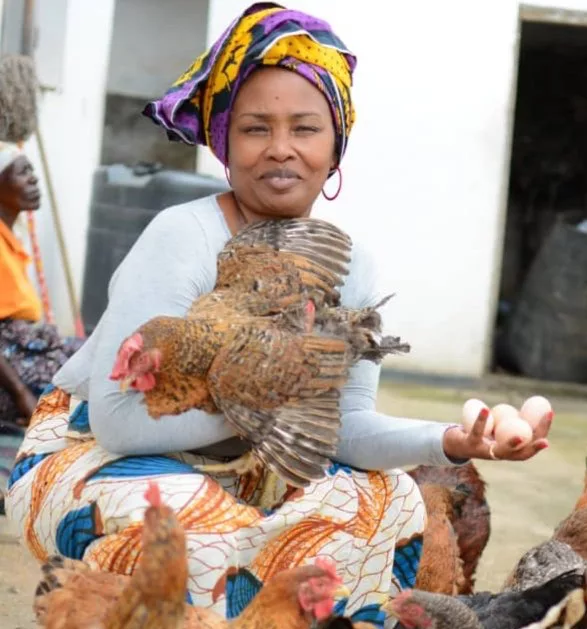|
Getting your Trinity Audio player ready...
|
The Southern African Development Community (SADC)’s revised regional agricultural investment plans (RAIPs) position the regional bloc as a continental leader in working towards an agri-food transition that responds to the multi-faceted impacts of climate change by adopting sustainable approaches (agroecology); empowering smallholder farmers (particularly women, youth, and vulnerable people); supporting the use of indigenous knowledge; investing in rural development; and protecting the food sovereignty of farmers and the region.
These were the sentiments of the members of the SADC CAADP Non-State Actors Grouping in their submission of comments on the Revised Draft RAIP 2023-2030 addressed to Duncan Samikwa, the Senior Programme Officer of the Directorate of Food, Agriculture and Natural Resources (FANR) of the SADC Secretariat.
“To further strengthen the revised RAIP, we propose several recommendations. The limited operationalization of the SADC Agricultural Development Fund (ADF) is a major constraint for women and youth seeking finance for agricultural and adaptation initiatives. Its operationalization needs to include mechanisms tailored to their needs. ADF financing mechanisms should prioritise grant-based support, rather than loans (even if concessional) that threaten to deepen the indebtedness of SADC Member States.
“While the revised RAIP indicates that it will run from 2023 to 2030, we recommend that its period of implementation should be adjusted to 2026 to 2035. Such an adjustment will ensure alignment of the revised RAIP with the new CAADP Framework, to facilitate practical and streamlined planning, implementation, financing, and monitoring and evaluation processes. Additionally, as the revised RAIP directs the SADC Secretariat and Member States to develop detailed institutional, operational, and implementation plans, it is impractical and not aligned with accountable governance practices to expect such a critical plan to cover a period that has already elapsed (ie. 2023 – 2025). Instead, we recommend that the revised RAIP be adjusted to state that the previous RAIP should be considered as extended to cover this period,” the non-state actors argued.
The non-state actors are proposing to call it the SADC Regional Agri-Food System Investment Plan (RASIP) 2030 riding on sustainable agriculture production and productivity.
The NSAs are of the view that there is a need to improve regional and international trade; enhance collaboration between agriculture and other sectors; reduce socioeconomic vulnerability; enhance sustainable development and management of the environment; and conserve transboundary natural resources.
They econcouraged stakeholders to domesticate the SACC RASIP 2030 to ensure regional food and nutrition by embracing national sovereignty.
Julie Middleton, the Consortium Project Manager of Action Aid International said the Kampala Declaration highlights gaps on agricultural practices and biodiversity.
She said there is a need to focus on climate change mitigation and early warning systems to enhance resilience and capacity building and promote sustainable development.
They recommended improving access to quality affordable and environmentally-friendly inputs through the regional harmonization of standards and local production capacity to expand appropriate mechanization and irrigation infrastructure with emphasis on smallholder accessibility and resource efficiency to enhance soil health management and conservation agriculture techniques.
The NSAs said there is a need to improve quality assurance and standardization systems to meet regional and international market requirements and develop regional value chains and competitive advantage in both traditional and high value crops and livestock.
They emp[hasised the importance of indigenous knowledge systems in improving plant and animal disease control through the harmonization of protocols, surveillance protocols, and diagnostic methods.


